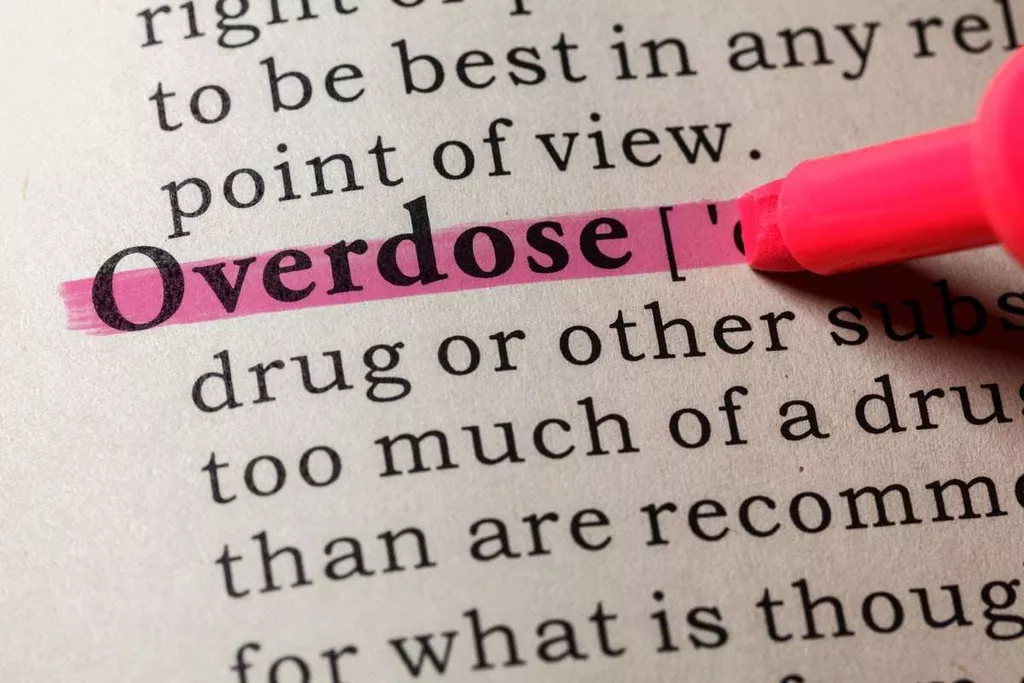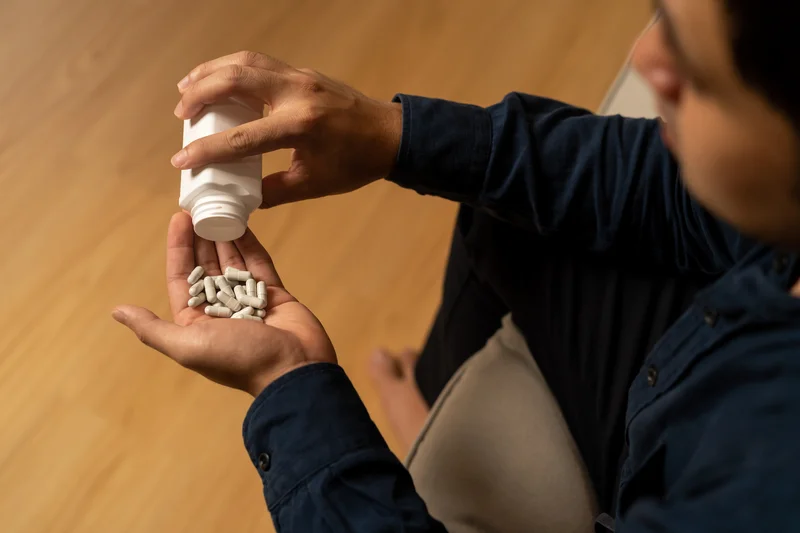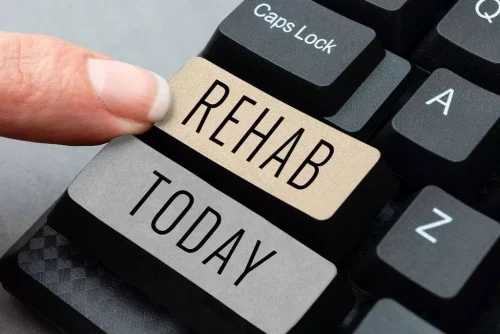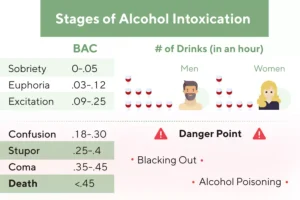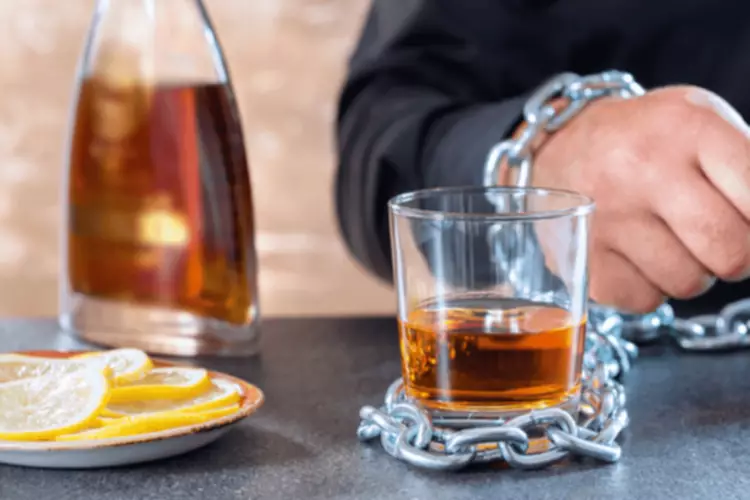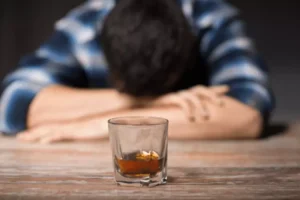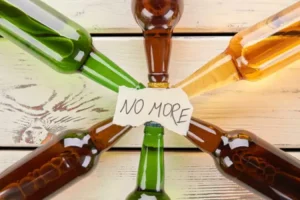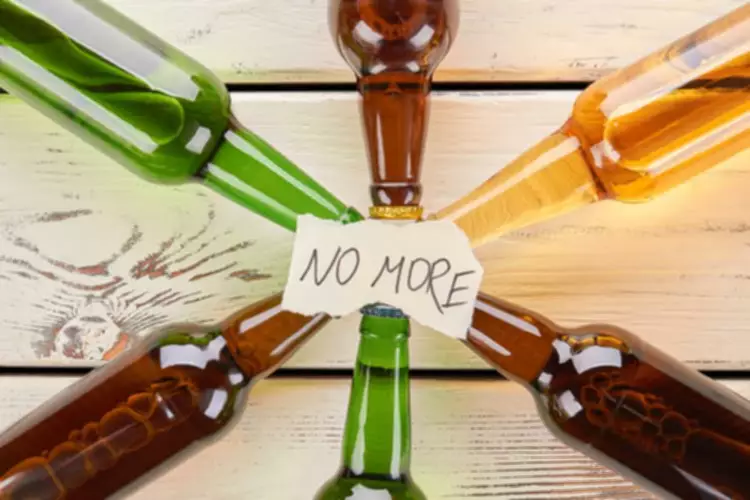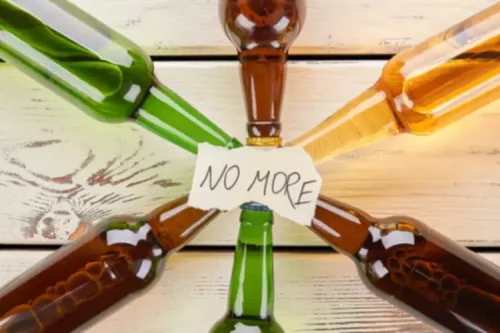Drinking socially may start as something sporadic, but social drinkers may enter into denial about their relationship with alcohol. This, in turn, may cloud their judgment and make them unaware of the increasing gabapentin oral route description and brand names risk of developing a harmful relationship with alcohol. At a policy level, the World Health Organization’s SAFER initiative outlines five high-impact strategies to help governments reduce harmful alcohol use.
Substance Use Treatment
They’ll do a physical exam and ask you questions about your drinking habits. The connection between alcohol consumption and your digestive system might not seem immediately clear. But more recent research suggests there’s really no “safe” amount of alcohol since even moderate drinking can negatively impact brain health.
Addiction Destroys Dreams, We Can Help
It includes a discussion of macrolevel factors, such as advertising and marketing, immigration and discrimination factors, and how neighborhoods, families, and peers influence alcohol use. Specifically, the article describes how social and cultural contexts influence alcohol use/misuse and then explores future directions for alcohol research. Fairbairn et al. (2015a; b) argued that gender differences are most likely to arise when alcohol studies include a social context. Gender differences often emerge selectively in social settings (Eagly, 1995). Social enhancement motives for drinking show the most consistent sex differences (e.g., Cooper, 1994), and rates of heavy drinking are elevated in all-male drinking groups and all-male social organizations (see Fairbairn et al., 2015a). Thus, social drinking paradigms might serve to reveal sex differences in alcohol reward sensitivity.
What Is a Problem Drinker?
Finally, understanding the benefits of social drinking and its risks may help emphasize the need for responsible social drinking. Excessive social drinking can lead to problem drinking and, if more severe and sustained, to alcoholism. In the meantime, it can also have a lot of negative short- and long-term consequences.
Public Policy’s Role in Mitigating the Impacts of Social Drinking
- While most US adults do not experience problems related to their alcohol use, 5.8% have an alcohol use disorder (AUD) (SAMHSA, 2018), defined as a “problematic pattern of alcohol use leading to clinically significant impairment or distress” (DSM-5; American Psychiatric Association, 2013).
- One measure of the retention of ethnic values and cultural norms is generation status.
- Understanding the historical context of social drinking provides valuable insights into current drinking practices’ cultural and social underpinnings and the potential for future shifts in consumption patterns.
- In addition to widely recognized 12-step programs with spiritual components such as AA, a number of secular groups promote abstinence as well, such as SMART Recovery, LifeRing, Women for Sobriety, Secular Organizations for Sobriety, and Secular AA (see Resources, below, for links).
There are even medications, including Naltrexone, that can help quell your desire to drink. There are plenty of resources available to help give you tools as you work to remedy your problem drinking and develop a healthier relationship with alcohol. Find up-to-date statistics on lifetime drinking, past-year drinking, past-month drinking, binge drinking, heavy alcohol use, and high-intensity drinking. Global patterns reveal that higher-risk drinking is most prevalent among men in their early twenties in high-income countries, followed by a decline in older age groups. Additionally, there has been a generational shift with younger people, including millennials, increasingly practicing moderation and abstinence, contrasting with the heavier, more embedded drinking patterns of post-war ‘boomers’. Although not all binge drinkers are alcoholics, their pattern of extreme drinking is just as dangerous.
Discover how many people with alcohol use disorder in the United States receive treatment across age groups and demographics. Many people can recover if they go to a specialized rehab center that uses proven treatments. Alcohol treatment uses various methods to help with withdrawal and addiction. Effective public policy can address these challenges by increasing transparency in monitoring and reporting alcohol harms, fostering public health advocacy, and implementing health and safety messaging at the point of purchase.
Indeed, in many respects social drinking participants offer cleaner tests of the effects of alcohol than do alcohol dependent participants, as the latter individuals often present with a range of social, medical (including psychiatric), and economic complications. Accordingly, Wilson’s research examining TRT was conducted using social drinking participants. Understanding why people drink alcohol and in some cases develop drinking problems has long puzzled researchers, clinicians, and patients alike. In the mid-1940s and early 1950s, experimental research began to systematically investigate alcohol’s hedonic properties.
This work has largely been conducted using social drinkers and presumably offers insight into factors that may lead individuals to begin to develop often benign drinking habits. These person-level differences also may prove useful, however, in developing models to understand who is most likely to transition from a “normal” drinking habit to a drinking problem. As emphasized by Wilson and Marlatt, there remain limitations to exclusive reliance on self-report emotion measures when considering the impact of alcohol in individuals or in groups. Emotional experiences are dynamic and require fine-grained temporal assessment that has been missing from the self-reported instruments typically found in alcohol studies (see Fleming et al., 2013; Levenson, 1987; Sayette et al., 2012a). As noted by Curtin and Lang (2007), there is a need to investigate the effects of alcohol on the various components of emotional responding, including “response threshold, peak intensity, duration, subsequent regulatory processes”) (p. 207). When incorporating social context into the research, the use of a dynamic multimodal approach to emotion assessment is especially warranted.
Alcoholism is considered the state you reach when you can no longer control your alcohol intake. An alcoholic will experience intense cravings and will continue to drink despite the negative consequences. Alcoholics Anonymous (AA) and other 12-step programs provide peer drug overdose definition, risks, signs, and more support for people quitting or cutting back on their drinking. Combined with treatment led by health professionals, mutual-support groups can offer a valuable added layer of support. Behavioral treatments are aimed at changing drinking behavior through counseling.
Presumably, alcohol consumption would prove reinforcing as a consequence of its capacity either to relieve stress or to brighten positive emotional experiences. This article reviews experimental research through the years examining the impact of alcohol on both the relief of negative affect and the enhancement of positive affect. It covers initial accounts that emphasized direct pharmacological effects of ethanol on the central nervous system. These early studies offered surprisingly tepid support for the premise that alcohol improved emotional states.
While nearly all naïve-participant studies reveal positive effects of alcohol on emotion, only a small minority of confederate studies find evidence of significant alcohol-related emotional enhancement. The naïve-participant versus confederate distinction holds even after adjusting for potential moderators including stress manipulations, gender, group size, anxiety outcome measure, and within-group consistency of beverage assignment (Fairbairn & Sayette, 2014). Media exposure helps influence social norms about alcohol through advertising, product placements, and stories in a wide range of tremor national institute of neurological disorders and stroke sources, including movies, television, social media, and other forms of entertainment. Although alcohol sales and marketing are highly regulated, people are exposed to a wide variety of alcohol and liquor advertisements, especially in the United States. Whether these advertisements directly result in an increase in consumption has been the topic of many public policy debates and much alcohol and consumer research. Recent studies have used robust methodological designs in order to assess the effects of advertisements on alcohol consumption (Grenard et al. 2013; Koordeman et al. 2012).
Contributors to this article for the NIAAA Core Resource on Alcohol include the writers for the full article, content contributors to subsections, reviewers, and editorial staff. These contributors included both experts external to NIAAA as well as NIAAA staff. This activity provides 0.75 CME/CE credits for physicians, physician assistants, nurses, pharmacists, and psychologists, as well as other healthcare professionals whose licensing boards accept APA or AMA credits. More resources for a variety of healthcare professionals can be found in the Additional Links for Patient Care.
No matter where you are in your recovery journey, our team will be there every step of the way. Historically, the 18th Amendment, known as ‘Prohibition’, aimed to control alcohol consumption but ultimately was viewed as a failed social experiment. In contrast, the Global Strategy to Reduce the Harmful Use of Alcohol, proposed by the World Health Organization, recommends a multisectoral approach, including a ‘whole-of-government’ strategy to protect public health from alcohol-related harm.
Alcohol use disorder develops when you drink so much that chemical changes in the brain occur. These changes increase the pleasurable feelings you get when you drink alcohol. Slurred speech, a key sign of intoxication, happens because alcohol reduces communication between your brain and body. This makes speech and coordination — think reaction time and balance — more difficult.
Clinically, knowing more about an individual’s pattern of social and solitary drinking would aid in understanding the purposes that drinking serves, which is useful for identifying alternative reinforcement options to target in treatment (Creswell et al., 2020). Specifically, clinicians could frame conversations around drinking contexts. Similarly, individuals could be asked to reflect on their experiences while drinking in social settings in order to identify why alcohol consumption in such contexts may be particularly rewarding for them.

